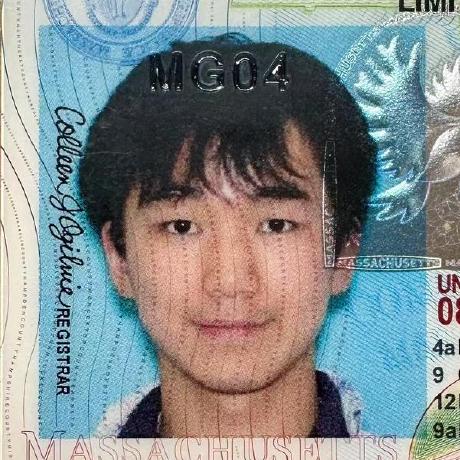Interpreting Inner Core Attenuation Scattering through Ultrasonic Experiments
Published in Physics of the Earth and Planetary Interiors, 2025
We studied experimentally scattering of ultrasonic compressional waves in a hexagonal close-packed Zn-rich Sn alloy, as an analog to the Fe alloy in Earth’s inner core. The goal is to better understand the origin of inner core seismic attenuation, which can be intrinsic or due to scattering. Using the pulse-echo technique, we defined a scattering quality factor \(Q_Z = (R + T)/R\), where \(R\) and \(T\) are the average reflected and transmitted energy per cycle. We examined \(Q_Z\) for two microstructures that are likely relevant to the inner core: textured, columnar dendritic crystals typical of directional solidification and untextured, equiaxed, ‘fine-grained’ crystals typical of deformation (which can also lead to a texture, leading to an anisotropic \(Q_Z\)). We also studied the wavelength dependence of scattering for these two microstructures.
Scaling \(Q_Z\) from the laboratory experiments to the inner core depends on the single crystal wave speed anisotropy, \(V_c - V_a\), which is known for Zn, but uncertain for Fe under inner core conditions. Using \((V_c^{IC} - V_a^{IC})/V^{IC}_{average} = 10\%\), we find that for a directionally solidified inner core, \(Q_Z^{IC}\) is highly anisotropic, with \(Q_Z^{IC} > 20,000\) in the growth direction, and $80 < Q_Z^{IC} < 1400$ in the transverse directions, with the actual value likely closer to the lower end. Based on seismic values of \(Q_P\) (which measure the combined effects of anelasticity and scattering), scattering attenuation is likely small compared with intrinsic attenuation in the growth direction but comparable to or even greater than in the transverse directions. For fine-grained crystals, \(Q_Z\) is strongly dependent on the grain size. We predict maximum scattering occurs for inner core grain sizes between roughly .5 km and a few kilometers, with a value of \(Q_Z^{IC} = 80\), which is lower than is observed, so might not be tenable. For grain sizes much less than .5 km, or larger than a few kilometers, \(Q_Z^{IC}\) rises to as large as 4800. Because anelasticity seems less likely than microstructure to vary laterally, we suggest lateral variations in \(Q_{P}\) are primarily driven by lateral variations in microstructure, reflecting inner and outer core dynamics.
